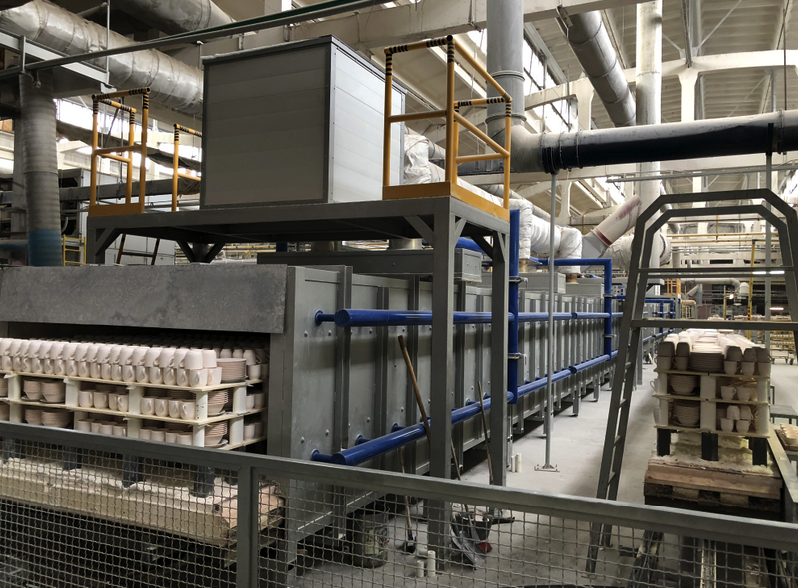Feldspar porcelain
The correct definition of feldspar porcelain

The term "Feldspar Porcelain" is a German quality description, which in not other country has such a weighting. German Manufacturer (e.g. Bauscher, Kahla, Schönwald, Seltmann and others) - as well as us - equate it with Hard Porcelain. If we follow on of the rules by the "father of Porcelain" Dr. Wilhelm Pukall, Hard Porcelain always has to be Feldspar Porcelain.
The English term "Chinaware" is translated by the prevailing opinion as "Porcelain". Especially in international markets outside Europe. This is just understandable, because in China neither Marco Polo and his Porcella nor Dr. Wilhelm Pukall had an impact on the historical development of Porcelain. Correct translated this means "Ware from China" and does not distinguish - like we do - between composition of raw materials, firing temperature and different quality classes. Inside the term "chinaware" there is a difference between "Pottery" - "Ceramics" and "Stoneware", which means "Chinaware" just describes ceramic material in general.
- The amount of Kaoline is a least 50%
- The Body is covered by a Feldspar Glaze
- At firing Sintering of the Body and Melting of the Glaze happen together
This conditions are easy to read and understand. But behind the scenes there are many "if - then rules", from which we will state a few.
1st. Rule for Hard Porcelain - Raw Materials
Kaolin provides plasticity and needs for firing high amounts of Quartz (for the hardness) and Feldspar (as "glue" and flux). Depending on the manufacturer, wished colour, hardness and resistance other additives are added.
2nd. Rule for Hard Porcelain - Glaze
For the glaze used Sodium-Feldspar melts at glaze firing to a "glass-feldspar" and forms together with the body Mullite.
3rd. Rule for Hard Porcelain - Sintering
To get the quartz - as the hardest raw material in the porcelain mass to the point of melting - the mixture has to be fired above 1.320 °C. Here the Mullit hardens and reinforces the different mineral components into what we call "Hard Porcelain".
4th. Rule for Hard Porcelain - Porosity of the Body
Without rule 2 and 3 a Body can not reach a Porosity from 0,01 to 0,09% at max.
5th. Rule for Hard Porcelain - Transparency
Without rule 1 and 3 there is no transparency.
The Principle of Exclusion
From the above given factors an easy Principle of Exclusion is worked out, what is no Hard Porcelain!
- Small amount of Kaolin
- Body without Mullitl
- Firing temperature less than 1.300 °C.
Hard Porcelain in the HoReCa industry
In the group of dish for hotellery and gastronomy hard porcelain takes the first place when it comes to hardness of the glaze and warrantees the smallest corrosion of the glaze. The hygienic advantages of porcelain make it irreplaceable! For further details please read: Porcelain.
Hard Porcelain at Holst Porzellan
The biggest amount of our collection is produced in the quality hard porcelain. "Alumina Porcelain", "High Alumina" und "Ultra Alumina" have at least this level of quality with a higher gastronomical use. For a better distinguishing read this.
Remember: Feldspar Porcelain from Holst Porzellan/Germany is always also Hard Porcelain!
